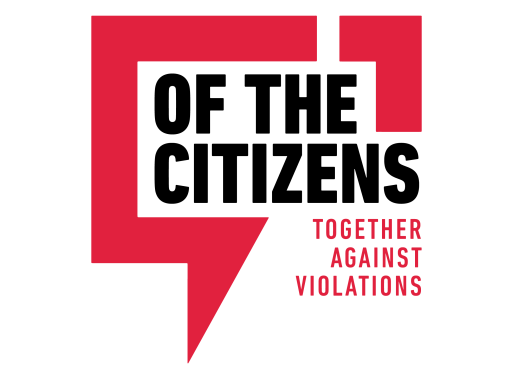As the results started showing clear mandate to BJP in Uttar Pradesh poll, different versions of narratives against the previous predictions started flowing on social media sites. The defeat of BJP was almost assumed before the exit poll declaration but unlike Bihar, most of the exit polls turned true and remained close to the exact result.
In fact, for the first time, BJP crossed the massive 300 figure and fourth time since independence any party in UP has managed to surpass this magical number. It’s really interesting to convey, for all the three time, ‘historical mandate’ to the particular party was emotionally driven. India National Congress become victorious for two and Janta Party for once.
The history of UP electoral politics has been unstable for most of the time and there are very few chief ministers who successfully completed their tenure of five years. Akhilesh and Mayawati are one of them.

Coming to the statistics of UP verdict, Samajwadi-Congress alliance sum-up to 54 seats whereas BSP moves nowhere to 19 seats which is drastically lower than 2012 poll results of 252 and 84. Vote share also fell significantly. SP-Congress alliance got 29 percent of total votes whereas BSP vote share fell by 4 percent and ended up with 22.2 percent.
Comparing to 2012 assembly mandate BJP came out from the third position and replicated the 2014 Loksabha victory with the ‘Modi factor’. In fact, the vote share remains close to 40 percent similarly to the past Loksabha verdict. But the surprising part is –repetition of massive victory after the demonitisation course which was supposed to hurt the saffron party at ground level.
Besides, this, the poll result burst many myths about the traditional vote bank. Also, UP has emerged as new Gujarat. The assumptions and predictions based on politics of past 30 years find no place in the victorious mandate. And BJP successfully made its way between the regional caste politics of BSP and SP through phenomenal and inclusive social engineering. The party has managed to rise above from its traditional vote bank of Brahmin and Baniya by receiving overwhelming support from across sects.
If to believe on data public by NDTV, BJP secures 84 percent of seats in Dalit dominant constituency whereas 78, 86 and 90 percent of seats in OBC, General, and Jat area are won by the saffron party. In fact, Yadav dominated constituency has preferred Modi over Akhilesh.
And of course, the myth of Muslim vote bank got burst on the same pattern of 2014 UP poll. Even the traditional vote bank of SP and BSP has found new shelter. It’s important to understand the social engineering that RSS and BJP has done. ‘Har Har Modi, Ghar Ghar Modi’, is not merely a slogan but formula which impulse soft Hindutva across UP. It took only three years for Shah-Modi combo to defeat twice regional stakeholders, and it’s not the development which breaches the way. Akhilesh campaign on the ‘highway’ whereas Modi on ‘Samshan-Kabristan’ and result is clear. Modi who throughout refused to comment any communal remark in any election since year 14, decided to break it in Fatehpur. He knew exactly what people were looking for. Hatred and religious polity are a new normal in India with UP as its lab.

The post-election is shocking for many analysts and on highlighting what went wrong, mostly two narratives are viral. One comments on identity and spilIt in Muslim vote bank and the second assuming what if ‘Mahaghabandhan’ would have taken place.
The show of Muslim vote bank went flop because of obvious reasons. There is no point of creating versus between 80 percent and 20 percent. There can never be a consolidation of Muslim vote bank when there are many contenders. Even if one manages to polarize one-third from the majority, Muslim consolidation will be of no use. Reverse polarisation is another topic to discuss on identity politics. But one thing is for sure –the minority can never be benefited on the propaganda of identity politics.
‘Mahaghatbandhan’ is another romantic philosophy in UP. It has a stupid approach at current times to get together to stop Modi when their own vote bank is sleeping slowly. It will only give further weight to Modi wave adding extra harm to the opposition when sentiments are with the leading party.
The landscape of Bihar was of course very different from UP. Nitish Kumar was the champion of Atipichra politics and what he needed was the support in favor of communal harmony which was supplemented by Lalu through his treasury of social justice and anti-BJP stand. Whereas, in UP, no one from opposition even manages to understand the mood of voters.
BJP is now to decide the Chief Minister for victorious state. The party will definitely avoid faces like Adiyanath since they have to fulfill the larger vision of parental organisation to gradually color each state and heart with saffron color.

